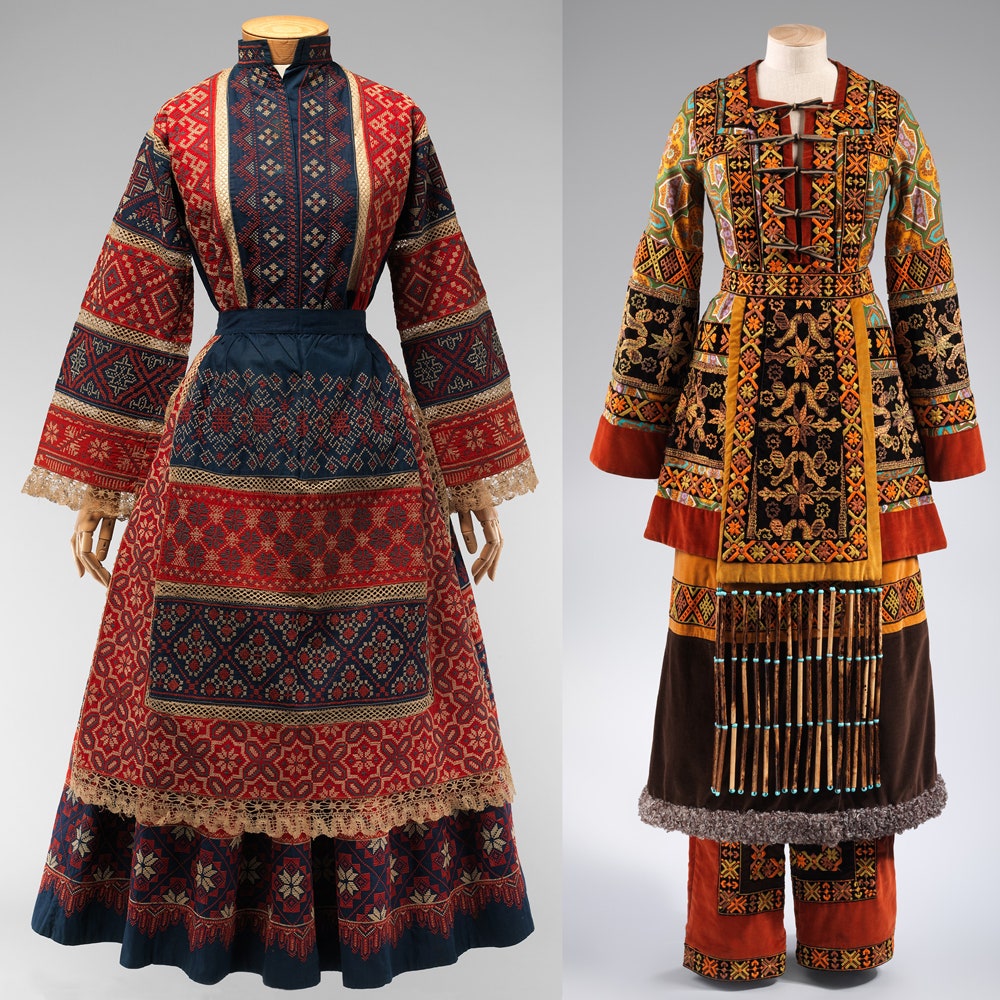Growing up in a small village in Southeast Asia, I was surrounded by vibrant and intricate traditional textiles at a very young age. These textiles were not just pieces of fabric; they were symbols of cultural heritage, stories woven into threads, and tangible representations of our identity. As I grew older and ventured into the world of fashion, I realized that these traditional textiles were not only confined to our villages but had found their way onto the global runways. This revelation opened my eyes to the immense power of cultural patterns in the fashion industry.
Traditional textiles are not just decorative fabrics; they are embodiments of rich histories, artistic expressions, and community bonds. Each textile carries with it the stories of generations past, be it tales of triumph, love, or struggles. The intricate patterns and techniques used in creating these textiles have been passed down from one generation to another, serving as a strong testament to the continuity of cultural practices and the value placed on preserving heritage. As a child, I would sit for hours watching my grandmother skillfully weave these fabrics, marveling at the precision and expertise required to create such exquisite pieces of art.
As I delved deeper into the world of fashion, I began to witness a significant shift in the industry’s mindset, with an increasing appreciation for the beauty and significance of traditional textiles. Designers began incorporating these patterns into their collections, bridging the gap between traditional craftsmanship and contemporary fashion. Runways around the world started showcasing garments made from these textiles, giving them the recognition and exposure they deserved. It was heartwarming to see my cultural heritage celebrated and acknowledged on a global stage.
The incorporation of traditional textiles in fashion serves as a catalyst for cultural exchange and understanding. By donning garments made from these fabrics, people adopt a piece of someone else’s culture, allowing them to connect with a part of the world they may have never experienced. This exchange fosters mutual respect and appreciation for diverse traditions, breaking down cultural barriers and strengthening our global community. Fashion has the power to transcend language and geography, creating an environment where cultural patterns become not just fashion statements but symbols of unity and inclusivity.
Moreover, the incorporation of traditional textiles into fashion is a testament to their timeless appeal. These fabrics have stood the test of time, surviving through centuries of changing trends and aesthetics. The meticulous craftsmanship and attention to detail that go into their creation ensure that they remain relevant and cherished in the world of fashion. Designers recognize the uniqueness and beauty of these textiles, seeking inspiration from their colors, motifs, and techniques, and reinterpreting them into contemporary designs. The fusion of tradition and modernity in fashion allows these textiles to evolve and adapt while still honoring their cultural roots.
However, it is essential to address the issue of cultural appropriation. While the incorporation of traditional textiles into fashion can be a celebration of cultural diversity, there is a fine line between appreciation and appropriation. It is crucial for designers to acknowledge the origins of these textiles, respect their cultural significance, and ensure that they are sourced ethically and with the consent of the communities that create them. Collaborations between designers and artisans from these communities can foster a genuine partnership that recognizes the value of their cultural heritage while providing economic opportunities for the artisans themselves.
In a world that is increasingly interconnected, it is vital that we celebrate and preserve cultural diversity. Fashion has the power to be a force for positive change, not only by elevating traditional textiles to global platforms but also by promoting cultural understanding and appreciation. By wearing garments made from these fabrics, we can express our reverence for the artistry and traditions of different cultures while simultaneously showcasing their beauty to the world.
As I reflect on my journey from a small village to the global fashion industry, I am grateful for the renewed recognition of traditional textiles in the fashion landscape. It brings me immense joy to see my cultural patte
